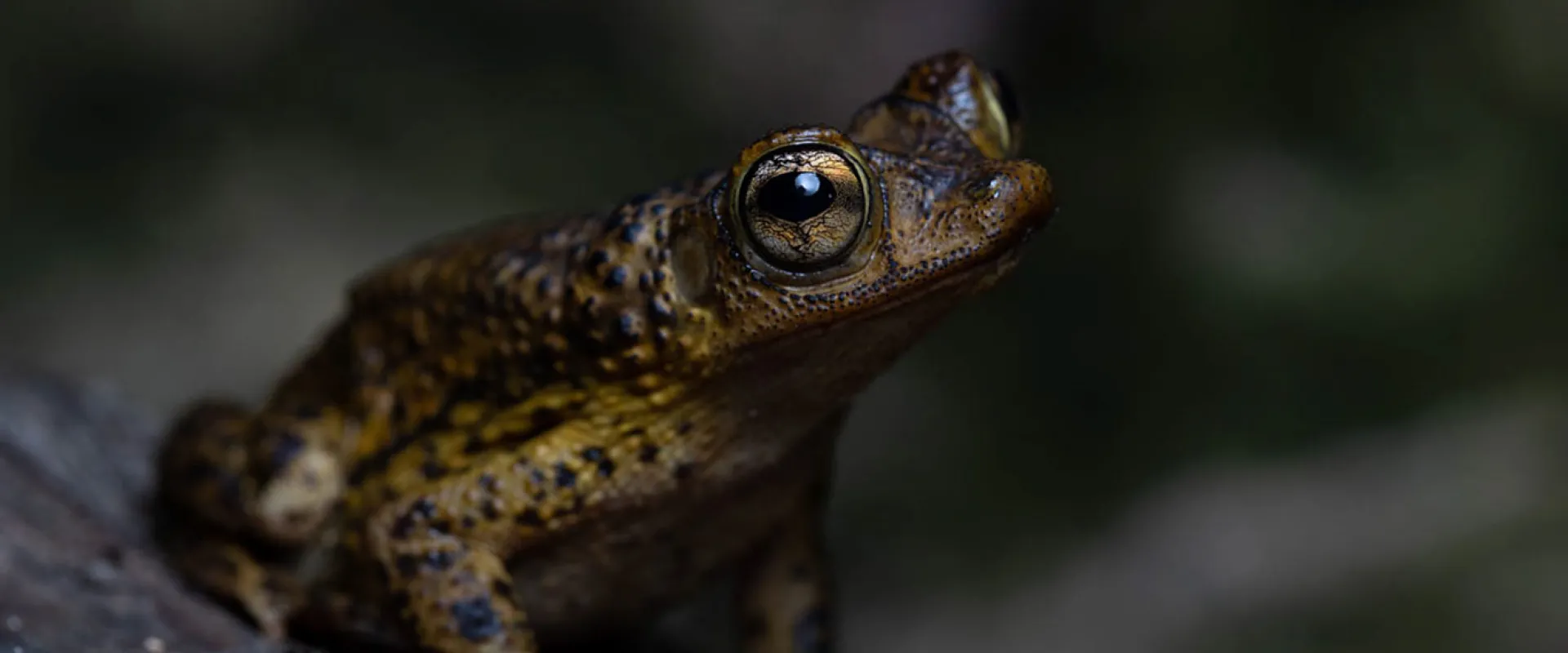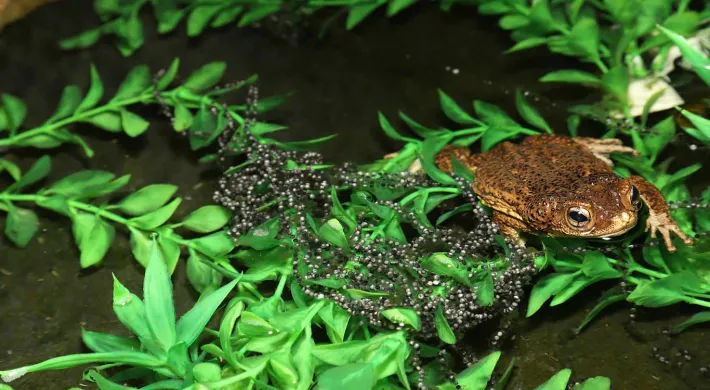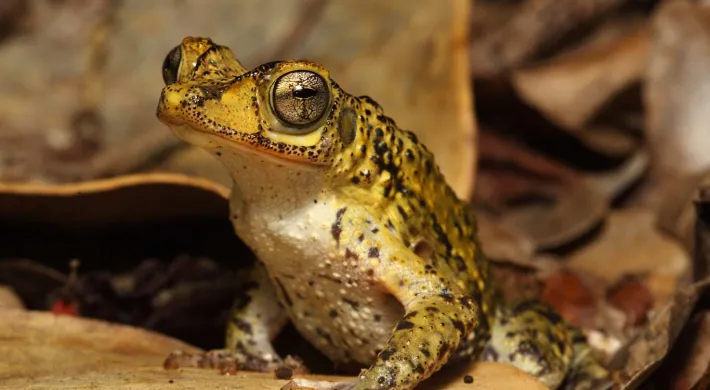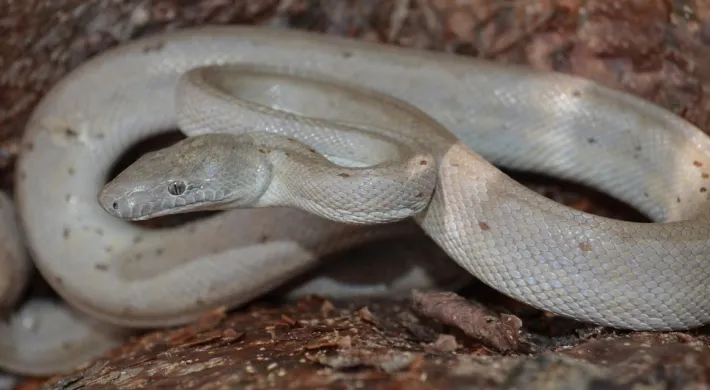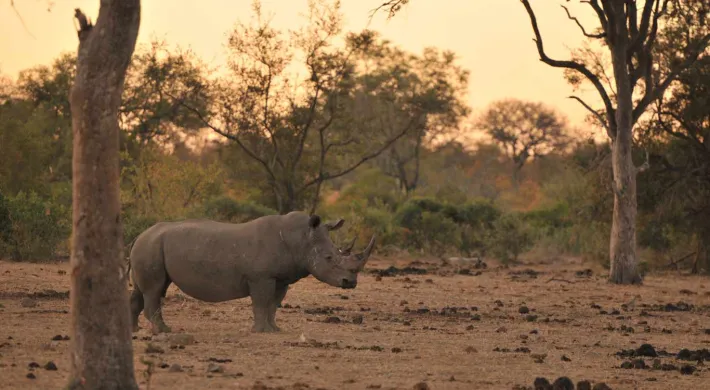Written by Dustin Smith, Curator of Herpetology, North Carolina Zoo
In honor of World Wildlife Conservation Day (December 4), I’m pleased to give an update on all the exciting progress we’ve made on our Caribbean conservation efforts this year!
We were very excited about the potential in 2022, as we were able to revisit our field sites consistently and had some new plans for the year. Our Caribbean work focuses primarily on the endangered Puerto Rican Crested Toad and Virgin Island Boa (VI Boa). We also work with the Harlequin Butterfly, which will likely be listed as Threatened or Endangered soon by the United States Fish and Wildlife Service (USFWS).
We began by visiting Puerto Rico to survey all three species in May. Surveys for the VI Boa were great, as we managed to find and collect data on nine boas, despite poor weather conditions. These were found during surveys on the main island of Puerto Rico. Still, also we visited a small, protected island where the boa occurs to find a couple more. These surveys are essential as it allows us to understand population trends over time. Due to surveys like these, we know that the boa is experiencing active population declines throughout most of its range and has likely disappeared from one of the islands it once thrived on. It likely disappeared due to the invasive Black Rat, but that is still trying to be determined.
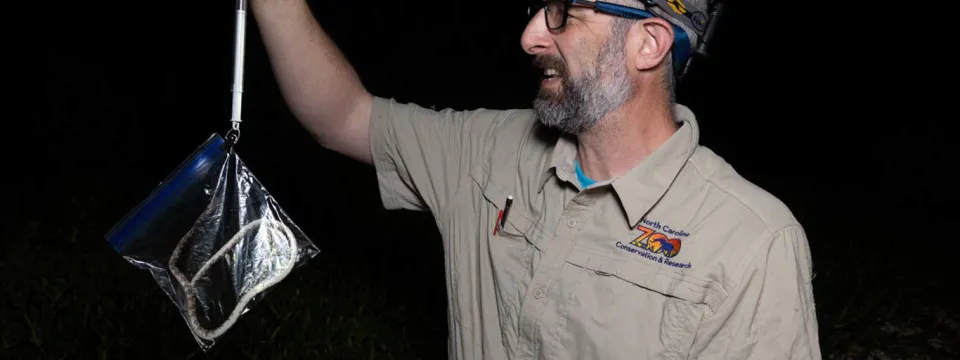
Pictured Above: North Carolina Zoo Staff, Chris Shupp, weighing a VI Boa
Following our fruitful boa surveys for a few days, we went west towards Quebradillas to conduct a Harlequin Butterfly survey. While we usually concentrate on finding eggs and caterpillars, due to the difficulty in seeing the adult form of the butterfly, we visited on a perfect day. Not only did we visit the site when the butterflies were active, but many were also breeding, which was the first time our team had observed this. Very few studies have been conducted on this species, so the status was mostly uncertain until some recent range-wide surveys were conducted. This helped the USFWS better understand the population and is now leading to the upcoming listing of the species. But there are still many unanswered questions about the species population(s): why is it experiencing declines – or has it always had a small population? Until recently, we didn’t even know how long the life cycle took to complete. More on the life cycle project next time.
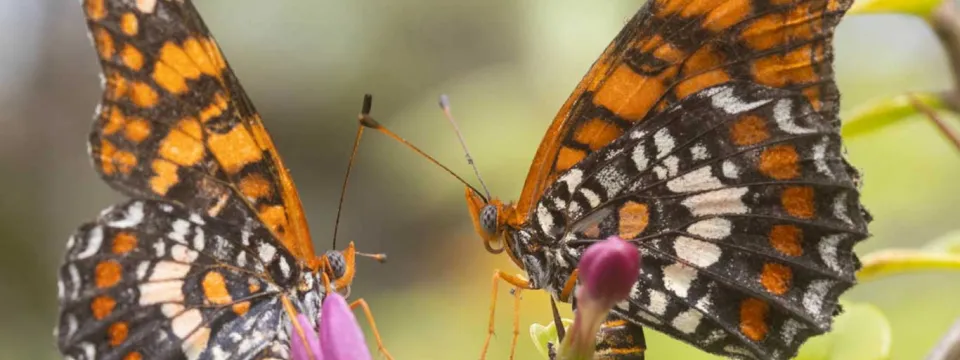
Pictured Above: Harlequin butterflies
After a scorching and humid day of butterfly surveys, we worked our way southwest towards the Guanica Forest to search for Sapo Concho, the Puerto Rican Crested Toad. Unfortunately, the Guanica Forest is a dry forest and receives very little rain. Despite it often raining on our trip, the forest itself received very little rain, making it very hard to find toads during our visits which aren’t uncommon. The toads are very secretive and difficult to find, even under ideal conditions. It was thought to be extinct for most of the first 100 years of its existence because it’s so secretive.
Luckily, after a few nights of surveys, we found two toads. We would have been happier to see more; however, finding an adult at this release site was very promising as we don’t see them here very often. This site was within the historical range of crested toads but never had a natural breeding pond. By building a breeding pond and release pond, we are creating a new population to help with the species’ long-term survival. This site is also valuable to other species as it has multiple caves full of bats and one of their main predators, the Puerto Rican Boa. It’s quite enjoyable watching the boas grasp to the rocky face of the cave entrance and snatch bats as they emerge at dusk, but don’t tell the bat people I said that! However, on this particular trip, we couldn’t visit the cave as recent earthquakes in the area had made it unsafe. Perhaps on the next trip, we can see them once again.
The most exciting news of all came in September when we were beginning to plan our next round of surveys. As zookeepers took care of the VI boas early one morning, they happily found our first clutch of babies. Each of the three babies weighs less than 4 grams, which is less than a nickel. This species usually only reproduces every other year and will produce about three babies on average, and they are always tiny. Another not-so-tiny feat for the year was our release of over 3,000 Puerto Rican Crested Toad tadpoles and an additional 100+ toadlets in Puerto Rico during the summer. This reproduction was successful thanks to a collaboration with our partners at Mississippi State University, as it was our first-time producing Puerto Rican Crested Toads using in-vitro fertilization. Huge success!
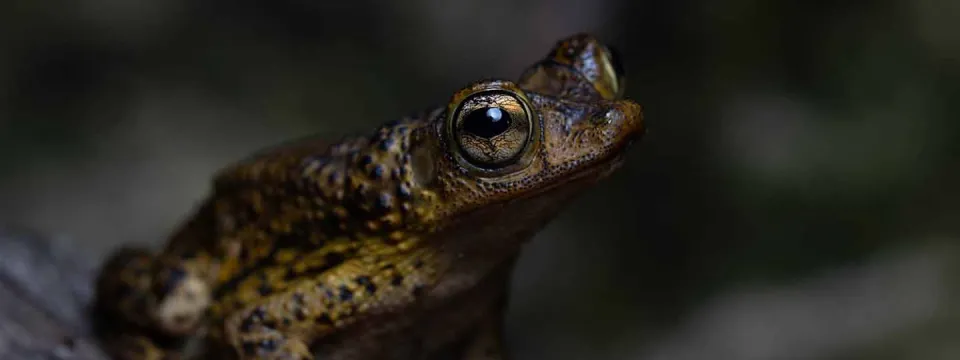
Lots of great things are happening in the Caribbean, and more to come soon!
